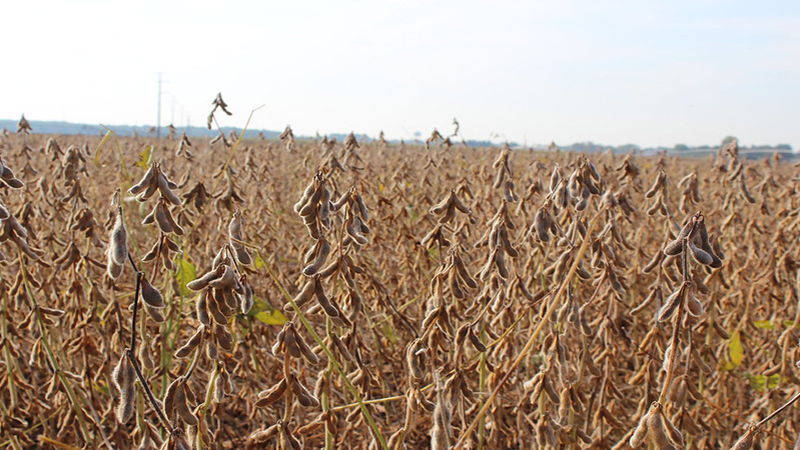Crop Protection Market: Renewed ‘Chemical’ Warfare
In many ways the past few years have been very exciting for crop protection. In fact, according to data from the annual CropLife 100 survey, things have never been better for the category. For example, in 2017 this category saw its overall revenue increase 14% from 2016, coming in at $11.4 billion.
Furthermore, because the problem of resistance in weeds, insects, and diseases continues to seemingly expand to new species each season, crop protection product suppliers have gone out of their way to introduce new products to combat these threats. As new cropping systems have appeared on the market, such as Xtend and Enlist, crop protection products supporting these have also remained popular with users.
Naturally, all this “marketplace success” has attracted plenty of attention across multiple segments of the general public. Nothing leads to attention like success. Unfortunately, not all of this has been welcomed.
By now, virtually everyone, both inside and outside of agriculture, is aware of the various problems experienced by the marketplace after dicamba-resistant crops were rolled out in 2017. Less “forgiving” than other herbicides currently on the market when it comes to causing damage when drift occurs, off-target dicamba complaints numbered almost 3,000 by the time the 2017 crop season came to an end. Label changes, mandatory training, and other precautions have been introduced to (hopefully) keep this year’s dicamba work from being a repeat of 2017, but the final tally on this has yet to be cast.
Perhaps more troubling for crop protection is the renewed attention it has received from its critics. These are not anything new, of course, with groups opposing virtually all crop chemicals having been around for decades now. But what is new is how many legal/regulatory victories these opponents have racked up recently.
Take the recent battle over glyphosate and Proposition 65 labeling in California. Back in 2015 the International Agency for Research on Cancer concluded that, based upon its own studies, glyphosate was a “probable carcinogenic.” California subsequently issued a notice of intent to list glyphosate as a “known carcinogen” under the Proposition 65 law. Monsanto quickly filed a lawsuit objecting to this designation. But in April a California Appellate Court ruled that the state could implement its Proposition 65 label plan for glyphosate.
In the European Union, member countries have now voted to ban all outdoor use of neonicotinoids because of their supposed harm to pollinators. Calls for similar bans in the U.S. and Australia are also being discussed.
There are many more examples of crop protection products under attack. It goes without saying that agriculture will have to vigorously defend these today and well into the foreseeable future. But it’s pretty clear this latest round of “chemical warfare” against agriculture is just getting started …






